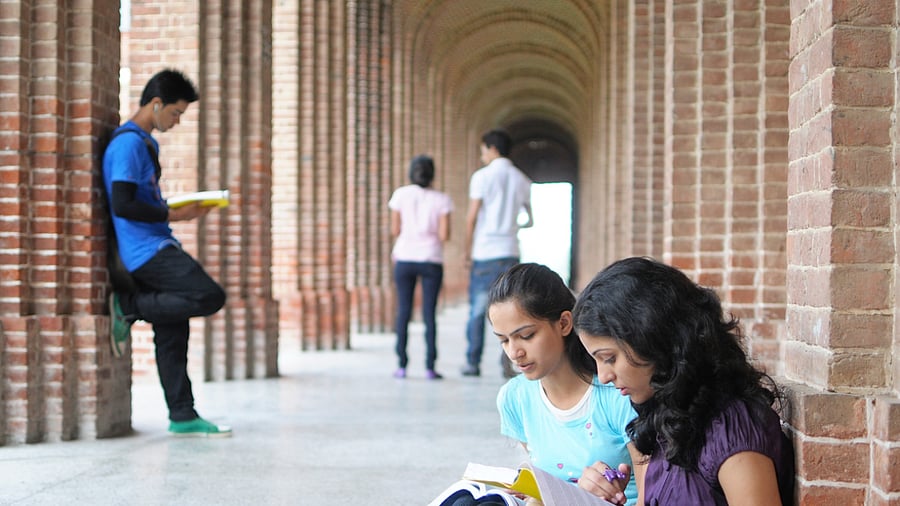
The most important takeaway from the 2019-20 report of the All India Survey on Higher Education (AISHE) is the progress of women in most classrooms, and achievement of near parity with men. The total enrolment in the country was put at 3.85 crore, with female students adding up to 1.89 crore against male students’ 1.9 crore. While the overall rate of growth of enrolment in the last years was 11.4%, female enrolment went up by 18.2%. There were more girls than boys doing BA, BSc and MBBS courses in 2019-20 and the numbers were equal in the B Com course. Girls were behind boys by some distance in engineering and law courses. But the overall message is clear. The enrolment in higher education after higher secondary increased from 24.5% in 2015 to 27% in 2020. A large part of this increase was accounted for by female students.
The growing female representation is important not only for education but for society as such. According to popular wisdom, educating a girl brings more benefits to society than educating a boy. The growing trend in female education is a result of social change and it can lead to more social changes and changes in other areas of life. It shows that girls will also catch up with boys in areas where they lag now. Their share is lowest in institutes of national importance but there is no reason to believe that it will remain so. While the move toward gender parity is an important message from the report there are other good signs too. The growth in the overall numbers of students opting for higher education is one. The number of institutions of national importance has increased from 75 to 135. About 89% of universities and 92% of colleges maintain a playground and 94% of universities and 98% of colleges have library facilities.
The report is about improvement in quantity and numbers. It does not say anything about the quality of education which is not known to be a matter to be proud of. But the logic that education has to be there before it can be improved is not all wrong and unsound. The bigger worry is the declining female labour force participation and the shrinking job and work opportunities for women even as they are getting more educated. More women lost work and jobs because of Covid. Even otherwise, at 23.3% India’s female labour participation rate is among the lowest in the world, with just nine countries, all African and Arab, having a lower rate. It is not a sustainable situation where there are more educated women and fewer jobs for them.
